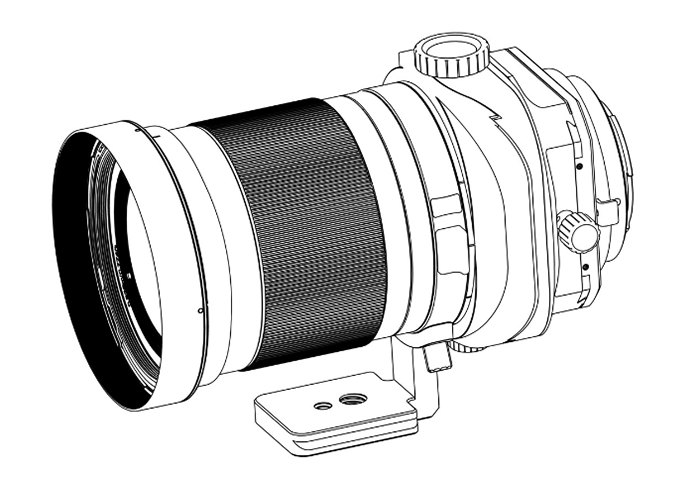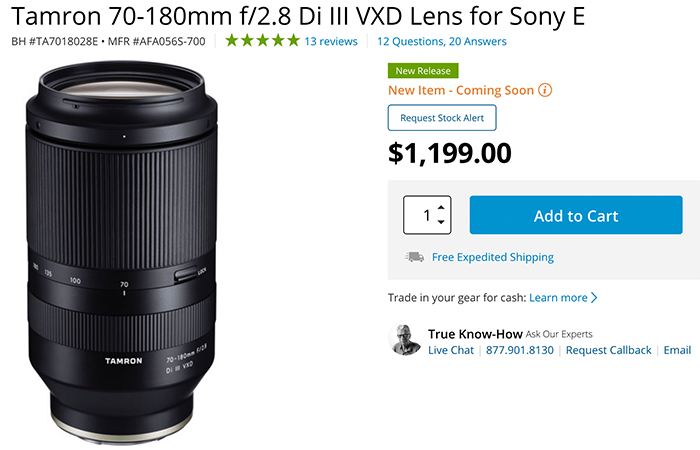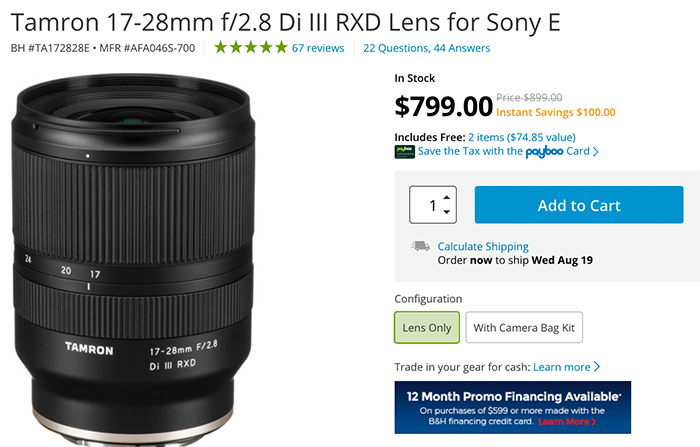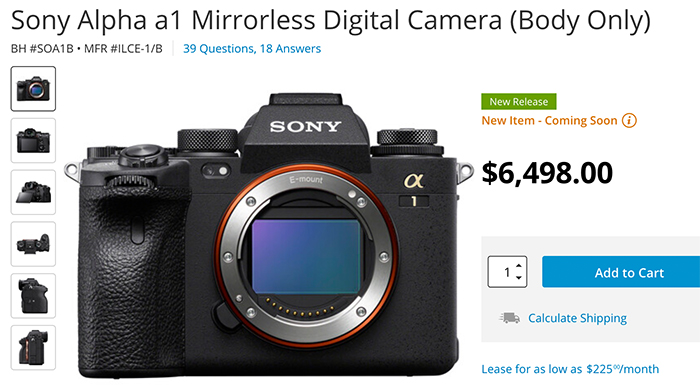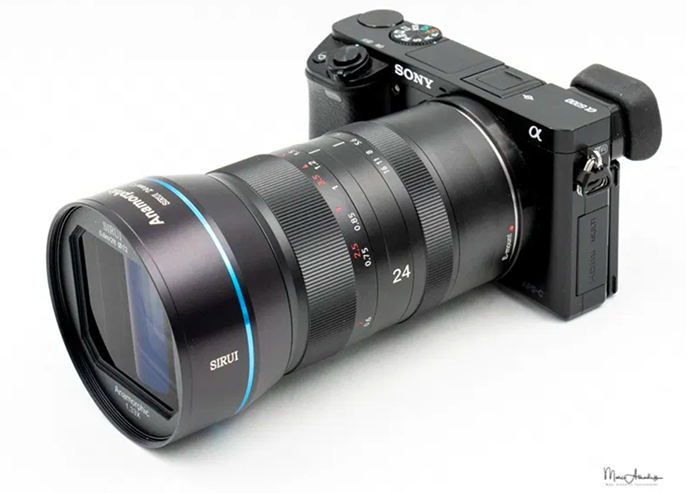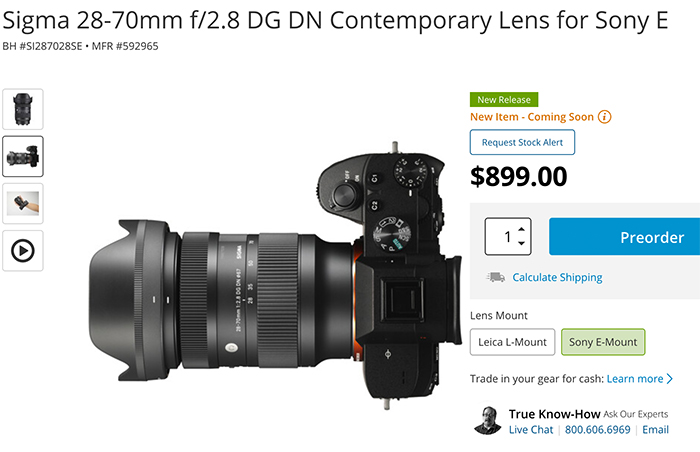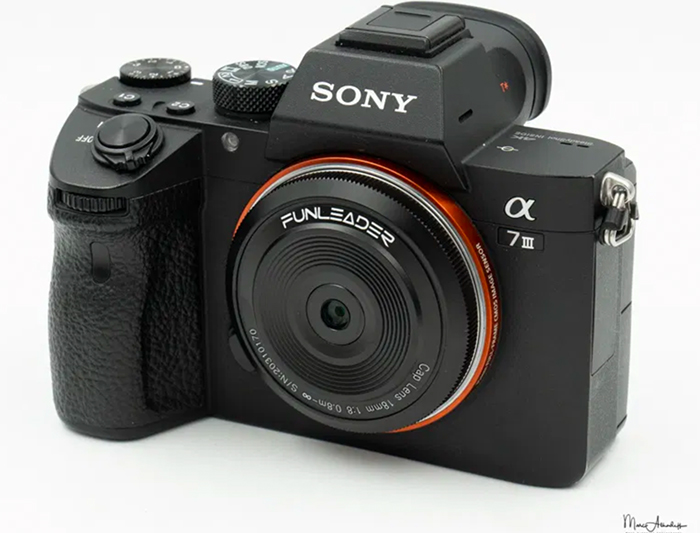Tamron 70-180mm FE review by Opticallimits
Opticallimits tested the Tamron 70-180mm FE and concluded:
While we have seen similar lenses from Canon, the Tamron 70-180mm f/2.8 Di III VXD is a refreshingly different approach to a fast tele zoom lens in Sony E-mount. With activated image auto-correction, it is capable of producing beautiful results. It’s very sharp across the image frame in the lower to mid-range and at least the center sharpness is very impressive at 180mm. Image distortions are nicely corrected and there’s just a tad of vignetting at f/2.8 in this case. Lateral CAs are also well controlled. Some flaws become obvious with deactivated auto-correction – namely high distortions and vignetting towards the long end but then few users are probably still using uncorrected images these days. The quality of the bokeh is typical for many lenses in this class. Out-of-focus highlights can be a bit busy and the foreground blur is not ideal. So when it comes to bokeh, primes lenses still rule the neighborhood. That being said – the Tamron lens is one of the very few lenses producing minimal bokeh fringing (LoCAs).
The build quality is on a very decent level. Typical for Tamron lenses, there’s an emphasis on low weight rather than (supposedly) super-tough materials – they are using plastics except for the lens mount. That’s not necessarily a bad thing though – also because it’s a really precisely assembled lens with no wobbly parts even in a fully extended zoom position. Tamron implemented some sealing against moisture but there’s no statement about dust protection. If you are expecting a dedicated tripod mount and some switches on the lens – don’t. There’s a transport lock but that’s about it. The AF/MF has to be set on the camera and there’s no image stabilizer. The Tamron is not a super-tele so the in-camera IS should usually be “good enough”. Generally, we don’t see any issue with these simplifications.Overall it’s awesome to see that such lenses can be relatively compact and light-weight – and affordable, too. Kudos to Tamron for providing such an interesting lens. Highly recommended!
70-180mm store links:
In USA at Amazon, BHphoto, Adorama and FocusCamera
In Germany at FotoKoch DE, Amazon DE, Calumet DE.
In UK at Amazon UK, WexUK, ParkCameras.
In Amazon EU stores at Amazon FR, Amazon IT, Amazon ES, Amazon NL.

